A Stanford study released last Friday concluded that the 21 campaign rallies held by the President over the course of the summer have had devastating consequences, causing an estimated 30,000 cases of COVID-19 and 700 deaths. The study was well executed, but, as I will explain below, it underestimates the death toll of these “Make America Great Again” rallies and of the misinformation they convey. The question is not whether or not Trump’s Superspreader Traveling Circus has caused COVID-19 deaths. The question is how many has he killed? And why?
Let us begin at the beginning.
The Invention of the Superspreader
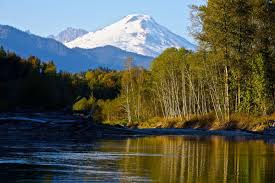
The Skagit River coils through Washington’s North Cascades, defining a landscape of stunning rural that would seem to make it the last place that a pandemic would find a foothold. Even the string of COVID-19 deaths that had hit Seattle, 70 miles to the south, in early March, stunning the state and the nation, did not stir alarm. Shutdowns had not begun. The primary advice from the state public health department, had been to wash hands after going out, avoid physical contact, and stay home if you had symptoms, particularly a fever or a cough. The director of the Skagit Valley Chorale passed that along to his members in preparation for the group’s March 10 rehearsal. One member of choir had a mild sore throat. No cough. No fever. It didn’t seem to fit the profile. In fact, at that time, the County Department of Public Health would not authorize a test for a person who did not have a cough or fever or had not recently traveled to China. So, she chose to attend. That woman would become known as patient X and the rehearsal would come to define a new term, the superspreader event.
Ultimately, 87% of the people who attended the rehearsal would fall ill. Two would die. To epidemiologists it was a dire warning. The virus had announced that it could spread through the air. Crowds, it declared, particularly ones in which people are singing or yelling, are pandemic powder kegs, waiting for a viral spark.
Caution to the Wind
“It goes through air, Bob. That’s always tougher than the touch. The touch, you don’t have to touch things, right? But the air, you just breathe the air and that’s how it’s passed. And so that’s a very tricky one. That’s a very delicate one. It’s also more deadly than even your strenuous flus.”
– Donald Trump speaking to Bob Woodward, February 7
He knew. Before the rehearsal. Even before the first American died, Donald Trump knew that COVID-19 spreads through the air.
In a hospital, if patients have an infection that is airborne, a warning with the words, Respiratory Precautions, will hang outside their room. Everyone working in the hospital knows that this means wearing masks, avoiding proximity, and limiting duration when interacting with an infected patient. The same principles underlie the current public health guidelines on masks, social distancing and avoiding large gatherings.
On January 22, just a few weeks after the virus appeared, China began to invoke something akin to respiratory precautions for entire regions of China, including strict laws mandating masks. If the United States had done the same, the Skagit Valley disaster might never have happened. Instead, this President did the opposite, refusing to wear a mask and waiting until April 3 before releasing a CDC advisory to wear masks, making sure to point out that it was “voluntary” and saying, “I don’t think I’m going to be doing it.”
At that point, we had seen just 245,000 cases and 6,000 deaths in the US. Over the next month and a half, the virus wreaked havoc as the first wave of 2.2 million cases left 119,000 American’s dead. When it started to seem as if the draconian lockdown’s had begun to bring the pandemic under control, the President’s response was to plan a rally.
Dying to Re-elect the President

This would be a massive rally in Tulsa, Oklahoma on June 20, but as the day approached, cases in the city had begun to rise. Undaunted, Trump’s team went so far as to remove social distancing signs that city health officials had placed throughout the Bank of Oklahoma Arena. They wanted the photo, Donald Trump in front of thousands of screaming, maskless supporters were crowded together. Even his strongest supporters seem to have wondered at the wisdom of such a move. The arena was less than half full, but those who came dutifully crowded together, creating the desired photo-op and the first superspreader rally. Over the next month, disease rates rose 140% in Oklahoma. That, by itself, does not mean the deaths were caused by the rally, but it certainly raises concerns.
The next day, after another crowded, mask-free rally in Phoenix, Trump and his team must have realized that doing this as cases sky-rocketed was, even in his reality-defying universe, a bad idea. So, he waited until mid-August to hold another rally. Over the next month, he would hold 19 more rallies, typically packing crowds into makeshift viewing areas at airports.
What’s Wrong with this Picture
Through August and September, images of unmasked crowds cheering the President plagued epidemiologists. We all knew this was a bad idea. One could almost see the clouds of viral particles settling on the crowd. Finally, a team from Stanford set about trying to answer the question we were all asking. How many people is this man killing?

The answer was a lot. Investigators compared the disease rates in cities visited by Trump to the rates in comparable cities he did not visit over the period following each rally. They’re analysis estimated that the rallies resulted in 30,000 more cases and 700 more deaths than expected. There are three important reasons these estimates are low. First, they limit their focus to the cities in which the rallies were held. The researchers had no way to include cases related to the many thousands of attendees who traveled from outside of those areas to attend. Second, they limited the time frame of their analysis. But if disease rates are rising, any outbreak related to the rally will continue to grow until measures are put in place to control it. Third, and most important, the analysis only considered the 21 rallies held through September 26. Between then and tonight, Trump will have held 47 more rallies.
And a party in the Rose Garden.
Death Rally 2020
The President is remarkably adept at preventing any effort to document his actions or their consequences. But, on September 26, his ability to obfuscate hit a wall when he held an invitation only, superspreader in his own backyard. The Amy Coney Barrett, Rose Garden superspreader even infected Trump, his wife, and his son, putting him in the hospital. When he returned from the hospital, his first act was to pull off his mask. His second, it appears, was to plan another rally.
Applying the estimates of COVID-19 spread from the Stanford paper to those 47 rallies would raise the total impact of the rallies to 100,000 cases and 2400 deaths. There is no official count of attendees at Trump’s rallies, but it appears they are growing in size. On top of that, the average incidence of new cases has risen by almost 100% during this period. In the last two days before the election, with COVID-19 rates hitting new highs nationally, Trump scheduled ten rallies, including events at some of the worst hit states, such as Wisconsin. If we take this into account, the probable final tally for Trump’s death rallies exceeds 3,000 fatalities.
Viral Myth Information
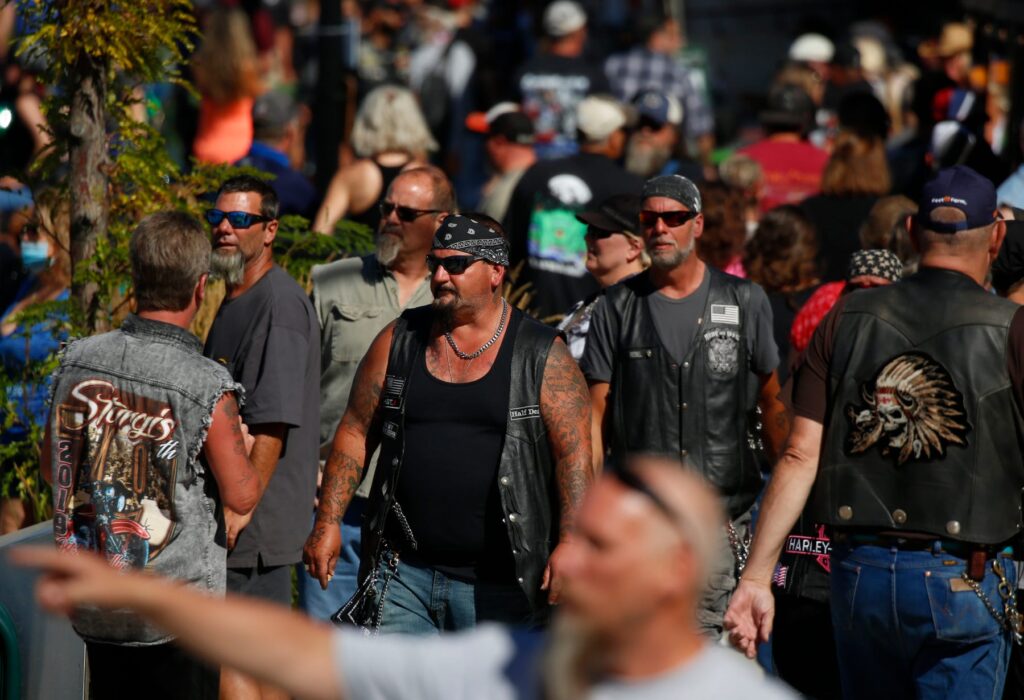
But the virus is not the worst thing spreading at these rallies. Trump is a superspreader of viral misinformation and the illusion created by these rallies, the implication that it is OK to disregard public health information. That message has been a strange centerpiece of Trump’s response (or lack of response) to the pandemic. He has acknowledged on tape that he was getting correct advice very early, but has ignored it repeatedly usually insisting that he was trying to maintain the economy.
As a result, his protégé, Kristi Noem, unleashed the granddaddy of all superspreaders, the Sturgis rally, causing hundreds of thousands of cases and helping to make the Dakotas the unlikely epicenter of the pandemic.
In the meantime, he has chosen experts to match his beliefs. The Great Barrington Declaration, which insists that, “Restaurants and other businesses should open. Arts, music, sport and other cultural activities should resume.” This hodge-podge of economists, non-epidemiologists, and a few marginalized epidemiologists, seems to have decided that superspreader events are just the price we must pay for a healthy economy. Trumps key advisor and charlatan-in-chief, radiologist, Scott Atlas, is the lead cheerleader for this dangerous document.
But Why?
We have tended to chalk up Trump’s vexing refusal to take the pandemic seriously to some combination of a need to control the message and a narcissistic inability to tolerate being wrong. But, what if it’s something far more cynical than that? Trump has insisted he didn’t want to create panic, so he wanted to downplay the epidemic. Why would he downplay it? To protect the economy. Which sectors of the economy are most vulnerable to the effects of the pandemic? Four come to mind: commercial real estate, leisure, hospitality, and travel. As a man heavily invested in golf courses, resorts, hotels, and, above all, office space, Donald Trump checks all the boxes.
In other words, the pandemic posed an existential threat to Trump’s business interest. Recent revelations about Trump’s business troubles suggest that he could ill afford a downturn. So, in making a choice between aggressively protecting the public health and protecting the economy, he was making a choice about desperately needed cashflow to keep his house of financial cards standing.
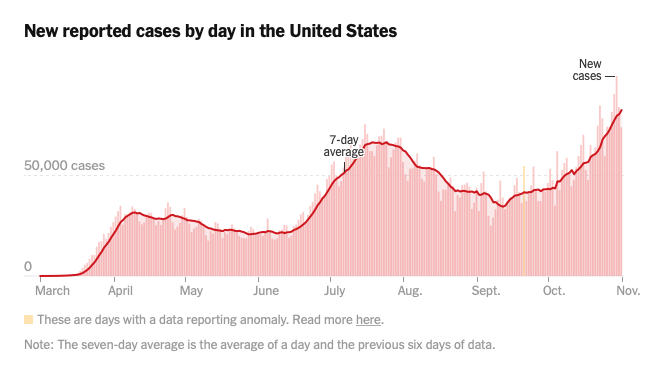
I can understand why, faced with a pandemic that threatened to destroy his Presidency and his business empire, Trump wished that COVID-19 simply didn’t exist. I wish it didn’t exist too. But it seems as if, he believed that pretending it didn’t exist would make it go away. He told people they didn’t need to worry, so they would act as if they didn’t need to worry. The economy and his business could keep moving forward.
So many times in his Presidency, Trump has managed to repeat a lie so many times that his followers accepted his alternative facts as the truth. But this is different. This lie has killed more than 200,000 people. You can fool all of the people some of the time and some of the people all of the time, but you can never, ever gaslight a virus.
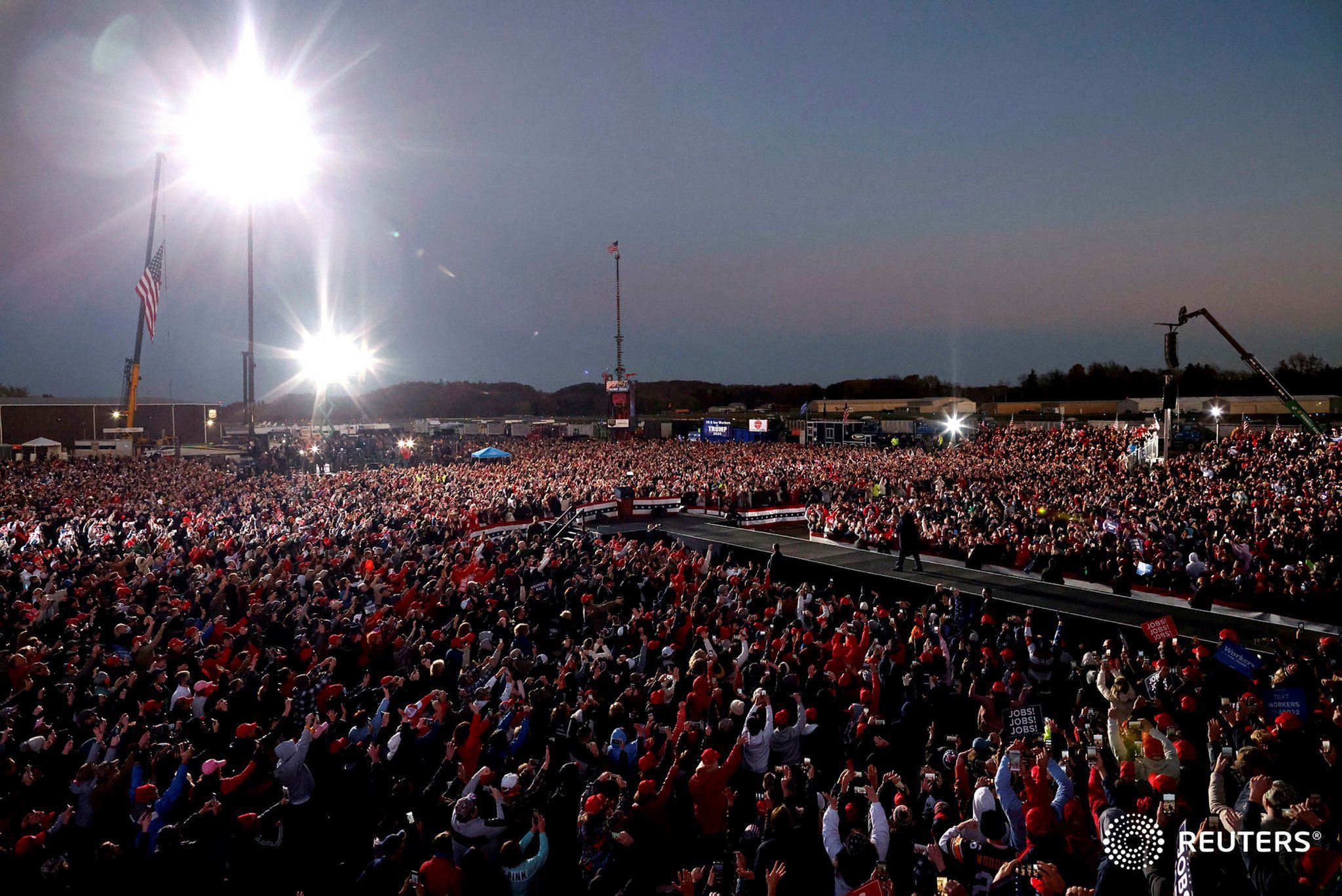
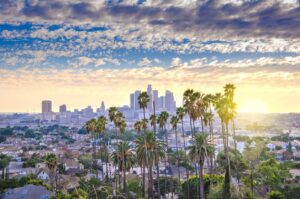
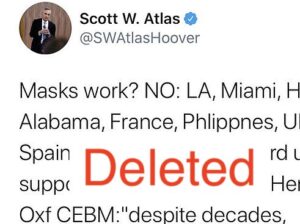
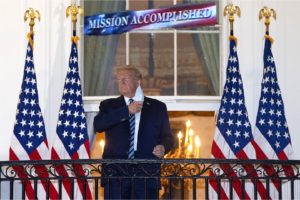
One THOUGHTS ON “The Dark Reason Why a Narcissist Might Be Willing to Kill His Followers”
Comments are closed